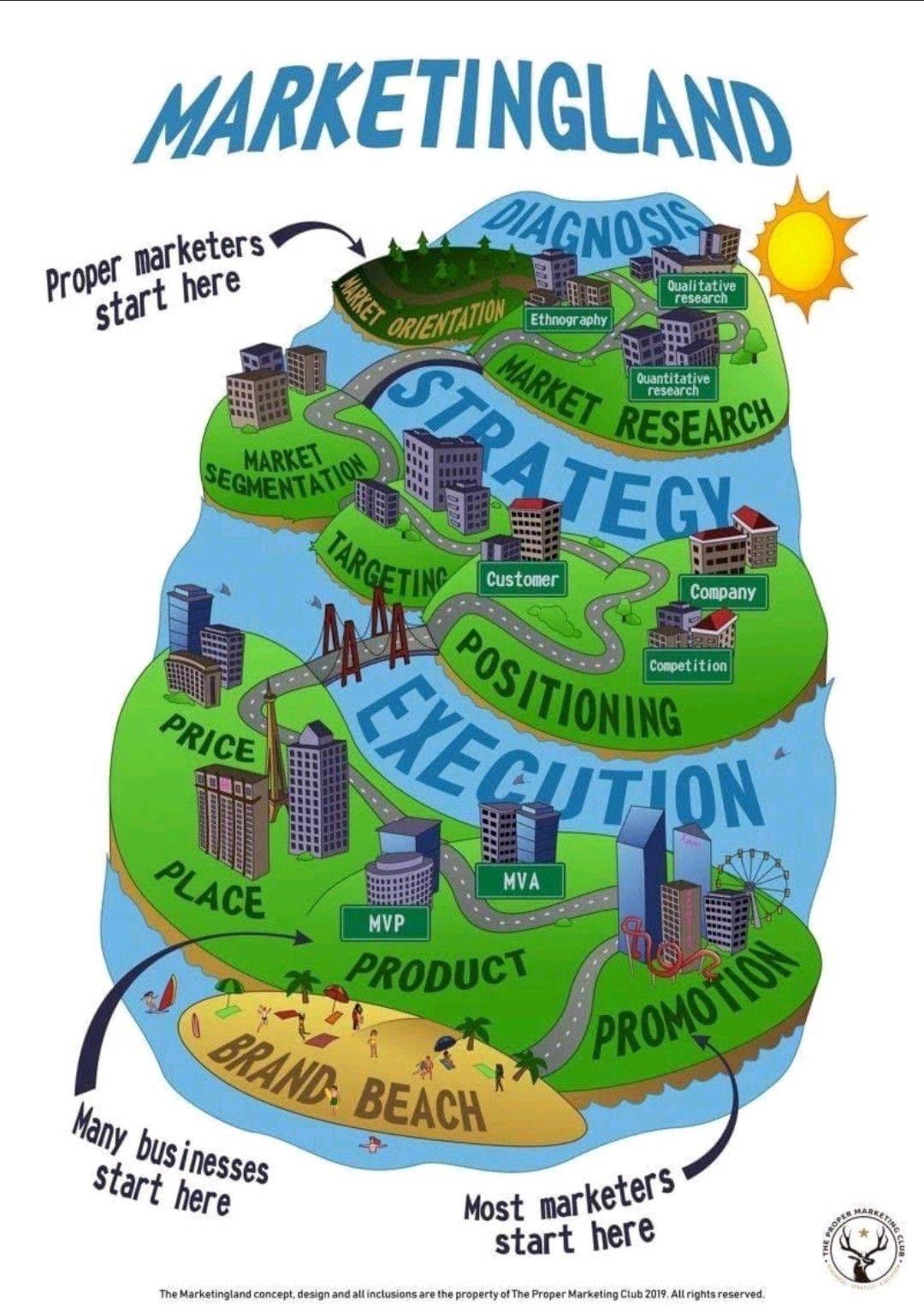Understand your audience, beyond demographics
 By
Becky Madden
·
2 minute read
By
Becky Madden
·
2 minute read
Quantitative research, surveys or buying data are awesome ways to dig beyond simple demographics into the psychographics and attitudes of your target audience.
Getting to grips with their behaviours and motivations behind those behaviours can be trickier however.
Imagine you’re a wine brand and you want to know the behaviours leading to a purchasing decision and the motivations and thought processes leading up to that decision.
Buying data on wine purchases will most likely tell you which type of wine a respondent prefers to buy, roughly how often they buy it and how much they spend on it… but why did they choose wine A over wine B? Was the decision led by price, knowledge of the label, or a lucky dip that they liked and have stuck with over time? Are there some respondents who like to try different wine all the time, versus habitual respondents? Are some respondents buying for themselves, while others are buying for a dinner party or as a gift?
Asking people the above questions in a focus group or survey is somewhat helpful, but will never get you the full way there. Why?
Because people’s memories are not perfect, and that’s if they were consciously aware of their thought processes or motivations in the first place. Not to mention whether they feel comfortable translating what was in their mind verbatim, without editing slightly to adapt to the situation or person/people they’re in front of.
That’s where ethnography comes in.
For those unfamiliar with ethnography, it’s a research method that involves embedding yourself in an environment and noting the observations. It often involves interviews as well to allow a deep-dive into a particular observed behaviour to uncover it’s motivations.
In the above example, a researcher may pose as being a wine shop employee. Observing and making notes on the people who enter the shop, how they move around the store, how long they spend in store, whether they revisit the same shelf or spot or move fluidly through the aisles until they find something they like. Do they read the labels in detail. The researcher may ask if they can help them decide or whether they’re buying for an occasion and other relevant open questions, to help decipher the shoppers intent, questions and motivations.
This data collected over time, over many shoppers will reveal trends and differences, perhaps illuminating different groups of behaviours or motivations.
The wine company can then observe changes over time, understand the various types of customer who will enter the store, what questions they tend to have, the decision they may make and be able to adjust their store layout, labelling, signage and customer service approach accordingly.
Ethnography is an often overlooked part of building a marketing strategy, in part as it requires a time and skill investment that many companies may find prohibitive.
But when trying to get a deeper understanding of your target audience or customers it’s an incredibly valuable tool.
Here are some simple questions you can ask yourself to figure out your next steps:
- What broad questions do you have that other research methods have been unable to answer?
- Where are your target audience just before or while they’re making the decision you’re invested in?
- Will they be in a public (observable) or private environment?
- Are you wanting to observe physical or digital behaviours, or a combination of both?
Understanding these answers will help you design ethnography to suit your business and help you lead your category in understanding your target audience behaviours and motivations.
Subscribe for a monthly blog wrap-up
If you or your company needs coaching on marketing strategy to hit business objectives, I'm here to help.
Let's connect to chat your needs.


.png)
